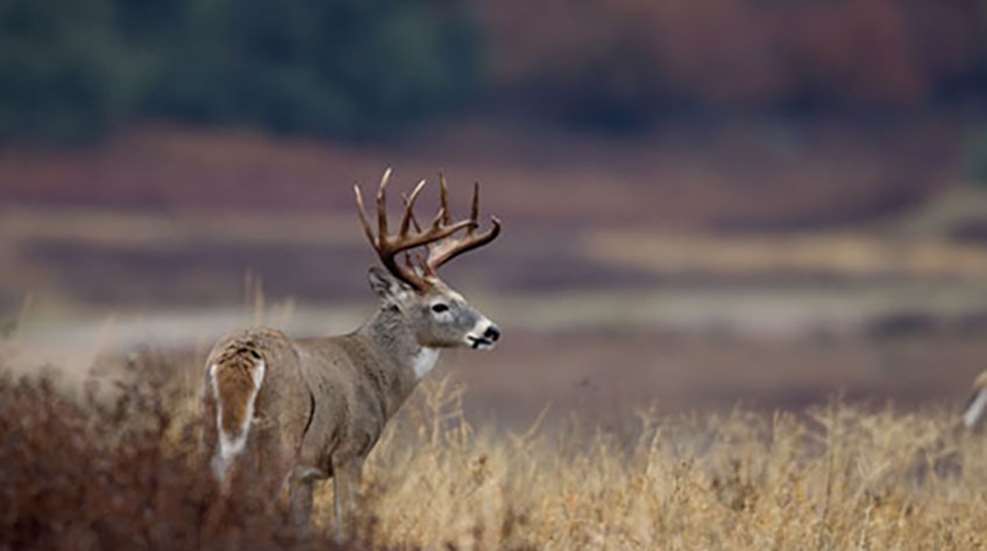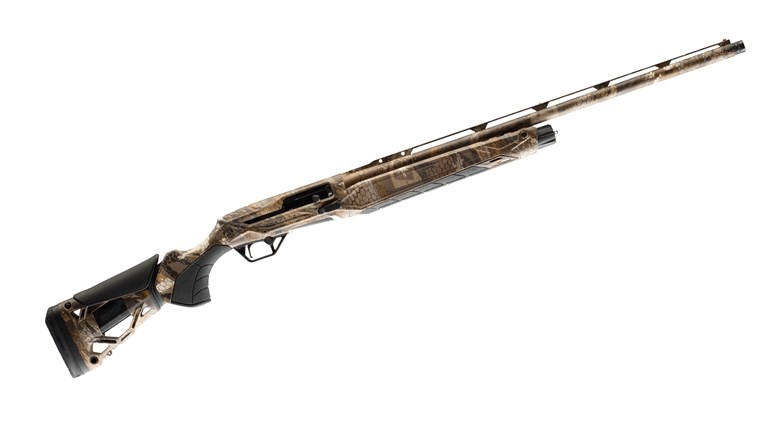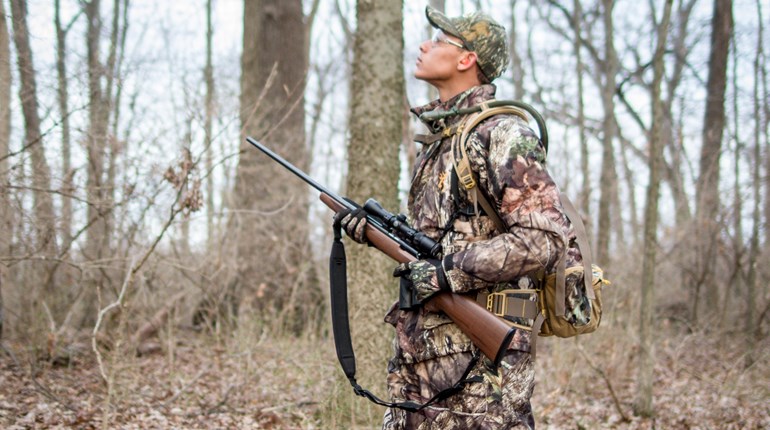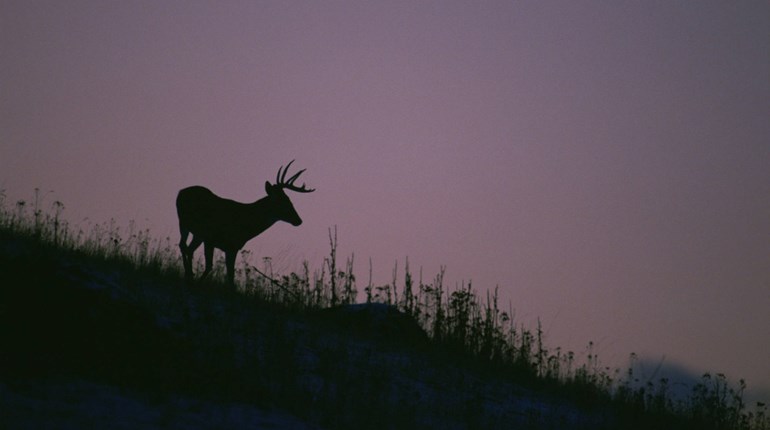
The rut calls for a series of adjustments that you must make at the right times to stay ahead of the action. As the bucks change their behavior patterns, you need to be there waiting for them. It is all about anticipating the rut’s changes and choosing stands that will put you in front of this change. Here’s how to adapt to the rut’s phases.
A Starting Point
The rut comes to life around Oct. 25. By Halloween, the rut is starting to sizzle, especially if a cold front comes through. I want to be synchronized with the action by then. Getting started earlier than Oct. 25 only educates deer at a time when the bucks are primarily nocturnal.
Start conservatively by selecting stands in fringe portions of your hunting area. The only exception to this rule comes when you know (not just hope) there is a good buck active in a certain area. You can learn this through daytime sightings or trail-camera photos.
In the absence of this kind of exciting information, I always save my best stands for at least another week. I want them to be fresh at the times when I expect the action to be hottest—Nov. 3 through Nov. 10, in most parts of North America. Local rut dates may vary, but the best week will typically occur one week prior to the peak of breeding. In other words, the best buck activity occurs before all the does come into estrus.
Bedlam has not broken out yet. The bucks are still staying close to the areas where you photographed them in late October, but they are now moving more and, most importantly, moving more during daylight. You can still catch them around a fresh rub line or scrape line that gives away a buck’s travel route. Hunt these areas now, but in a few days (around Nov. 3), the bucks will begin to abandon these patterns.
The Best Week of the Season
By Nov. 3, you should have your sea legs and be ready to make the first major transition of the rut. At roughly this time, the bucks stop following their early fall patterns and start actively looking for does. You may still catch them around buck sign, but that is no longer your best play. It is time to move on. The bucks are hunting does now and that is what you need to be doing too—figuratively, at least. Focus on the areas where does concentrate.
I try to keep this transition simple while adjusting stand locations to fit the changing behavior of the bucks. Don’t wait until things go dead before switching strategies—if you do, you will be too late. That is the biggest mistake most bowhunters make during the rut; in so doing, they miss the best opportunity of the season.
The does are typically going to be in one of two places: In the mornings, they will be heading toward their bedding areas, and in the evenings they are going to be heading toward food. Figure out where all the best bedding areas and feeding areas are in your hunting area and mark them on an aerial photo. These are the hubs of your hunting strategy for the next week.
I often hunt right on the downwind edge of the feeding areas and bedding areas. If you have ground blinds in place, you can even hunt right in the middle of the feeding areas. You can also minimize your impact by hunting between doe bedding areas. Go back to the aerial photo and look for anything in the cover or terrain that will funnel bucks traveling between doe bedding areas. Bucks will tend to take the most direct route, so any kind of bottleneck will be a morning hotspot.
After the Peak
In Iowa, we typically hit a lull in the rut around Nov. 13. It lasts about a week, as the greatest number of does is in estrus. The period directly after the lull represents another opportunity. I often take a few days off during the lull to catch up on chores, but I am always back in the woods by Nov. 20. I hunt the same basic stands I hunted prior to the lull. The most mature bucks are still searching for those few remaining estrous does, but overall activity is winding down noticeably.




































